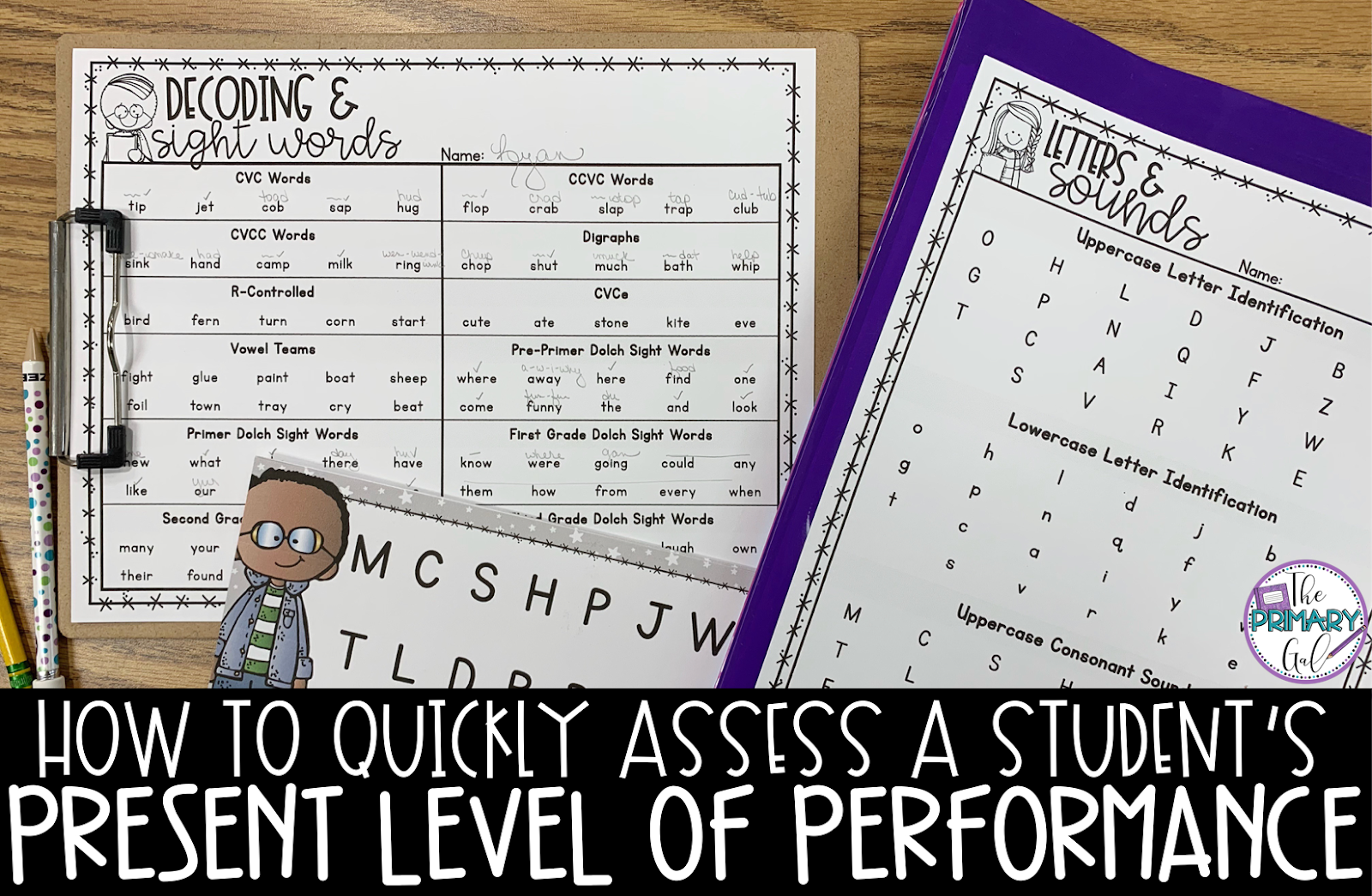
Let me set the stage for you, it’s high stakes testing time. You have four evaluation conferences coming up, yet you have NO time to work because, well, testing. You get an email from your secretary. New kid. Has IEP. No records from previous school. UGH!
How will you ever assess your students who are in the evaluation process? How will you write a good IEP for your new student? This sounds like hours of work.
Fear not. I have a few assessments to make it so that you can whip out those IEPs after spending a few minutes assessing your soon-to-be favorite student or students.
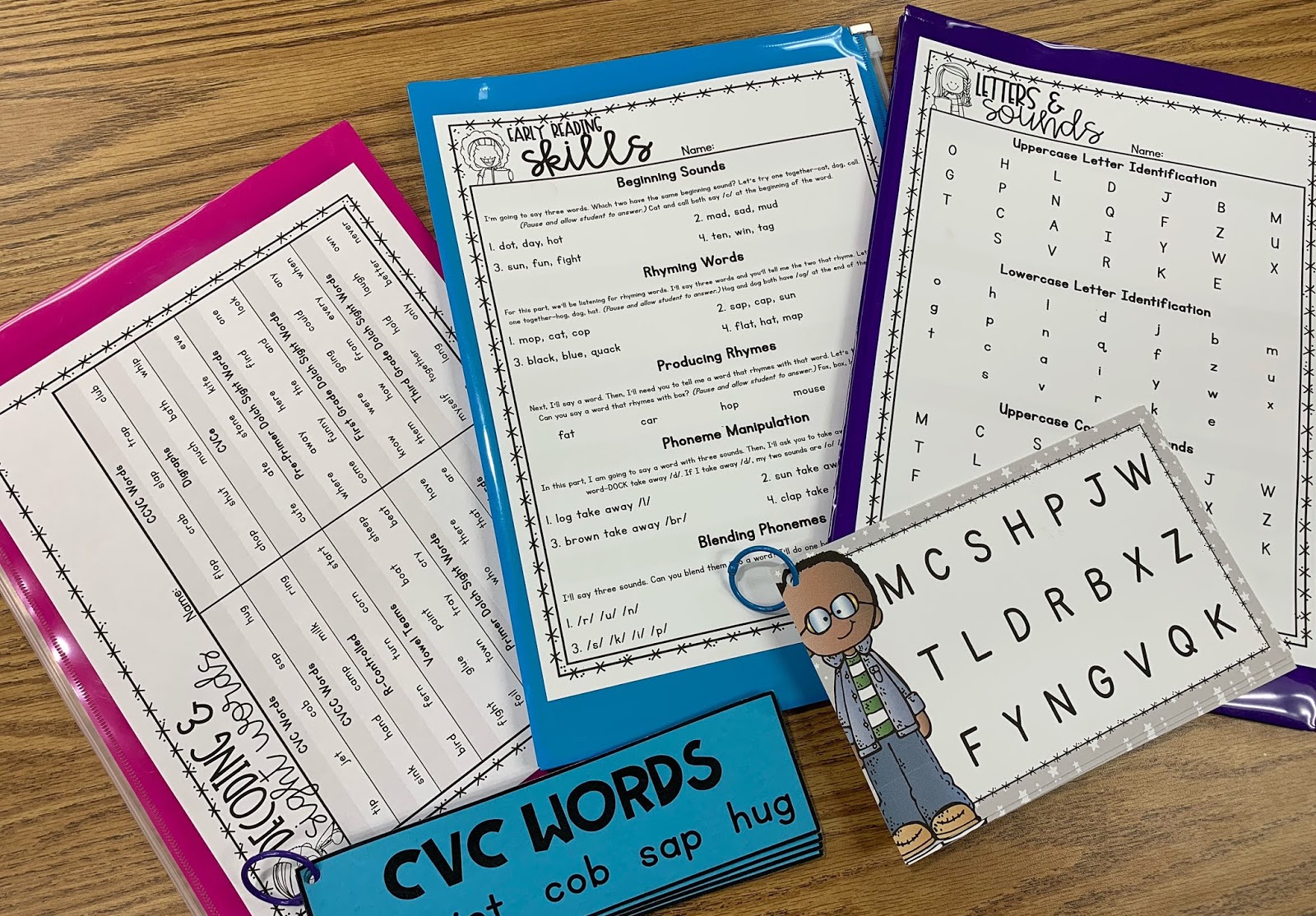
1. Prep Assessments NOW
Maybe you have a few assessments that you are currently using with your students. Maybe you have a few assessments that your district or special education department requires you to use. Maybe you don’t have ANYTHING and you want to check out my assessments that I use. Either way, prep them sooner rather than later. I make 20-25 copies of each assessment and keep them in these zippered envelopes. They will be easily accessible when that new student rolls in or school and home life gets CRAZY! If you don’t have any assessments that you love, take a look at these.
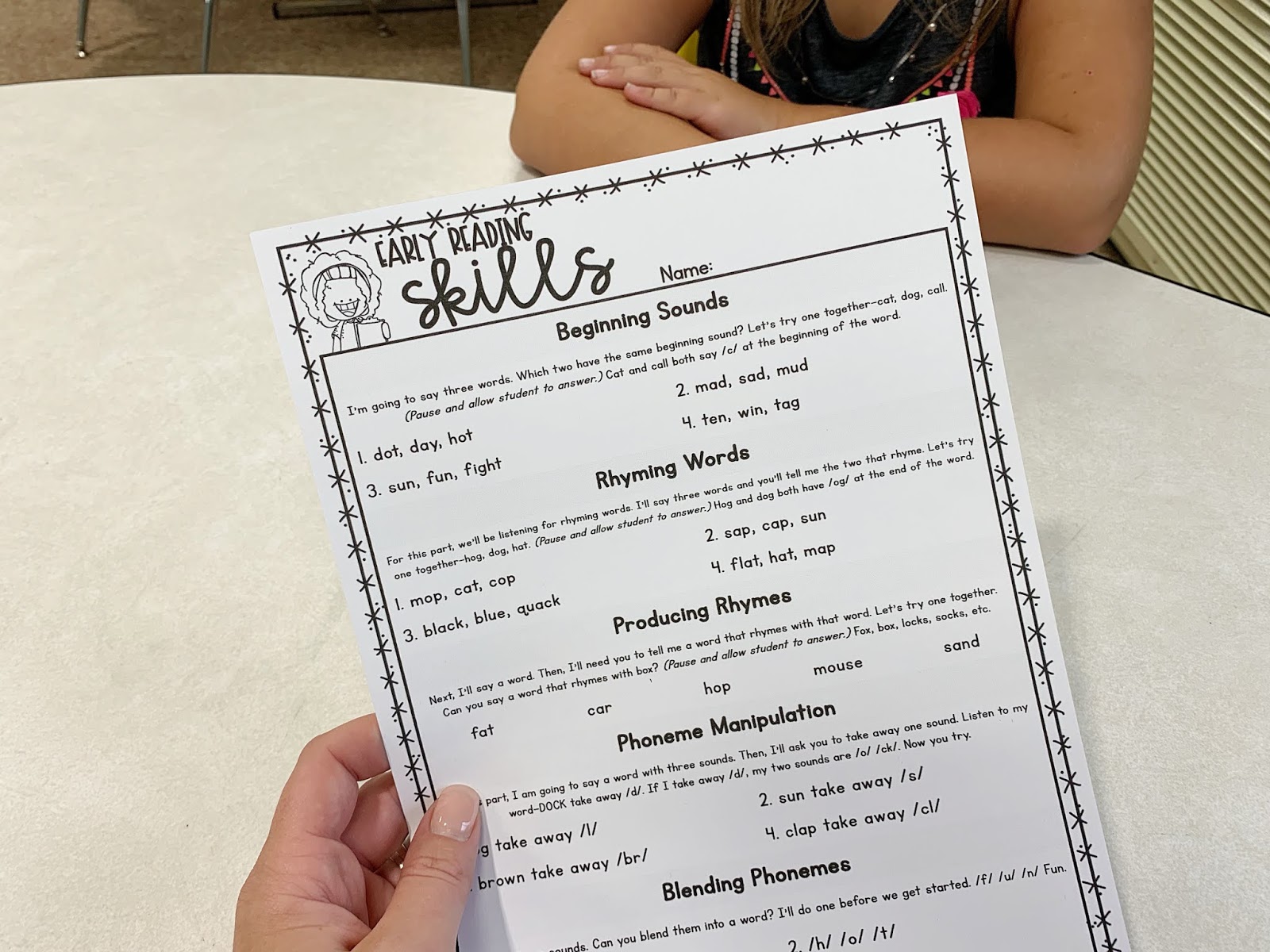
2. Decide on an Assessment that is Appropriate
When it’s time to assess, decide which assessment will be the best for their needs. Do you think they will be able to decode and read basic sight words? Do you think they’re still working on letters and sounds? Can they write numbers and letters? How are those addition and subtraction skills? Can they rhyme and manipulate sounds?
You can do multiple assessments, but you don’t always need to. You can often find weaknesses in students’ abilities through one!
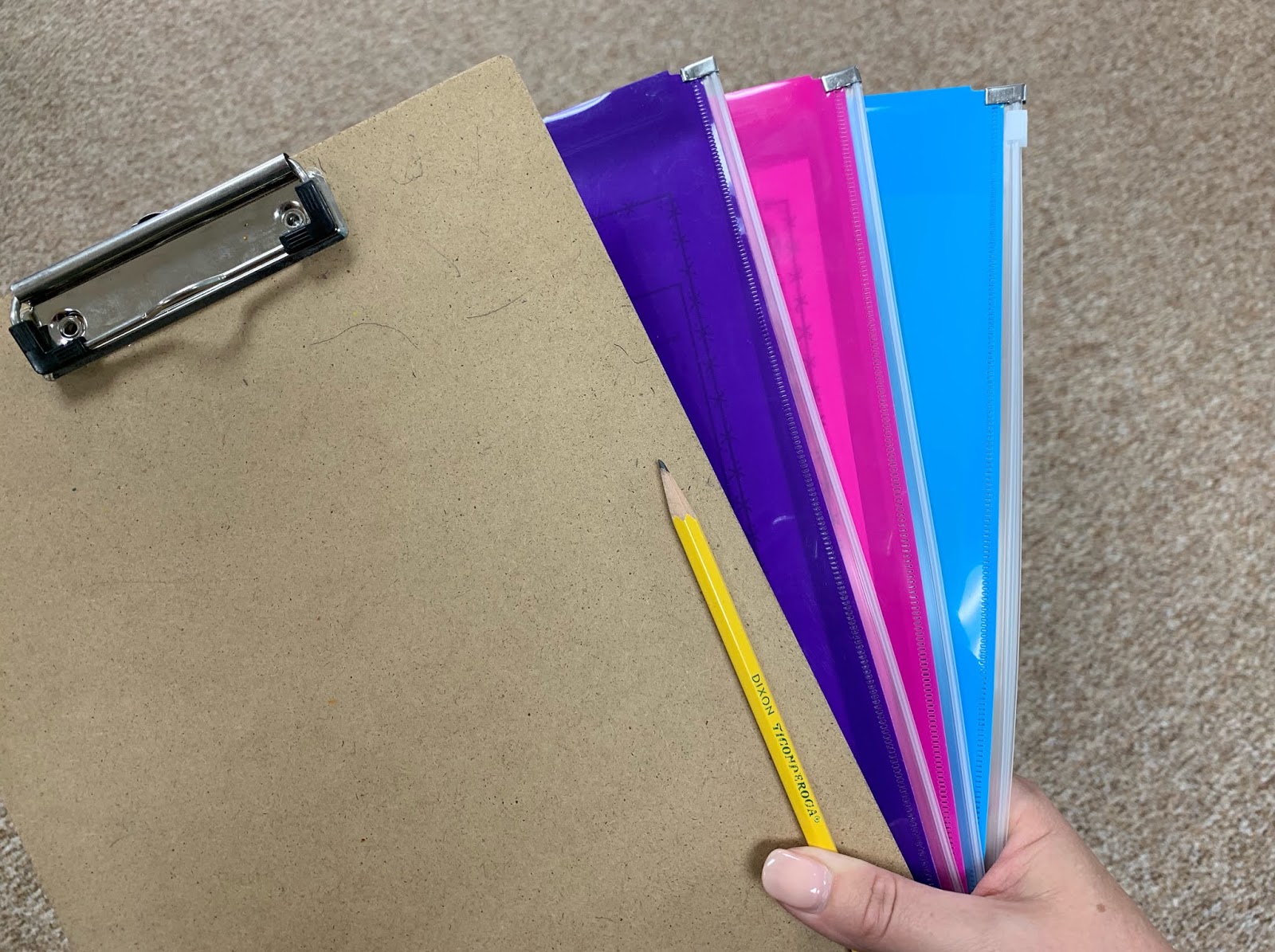
3. Meet with Student for 5-10 Minutes
I often carry a clipboard and my assessment envelopes to their classroom. With their classroom teacher’s permission, I pull them to the hallway and assess them for a few minutes. I often do this in the morning after the bell or before dismissal. In my school, these are often times that the classroom teacher is ok with them missing for a few minutes, and I don’t have students of my own in my room.
I might ask them to read words, rhyme, identify numbers, or do a few math problems. I always document notes about their behavior, work ethic, attention, or any other atypical or typical behavior that they exhibit. This gives me a little bit of discussion material at their conference, since I often don’t know them or work with them much at that time.
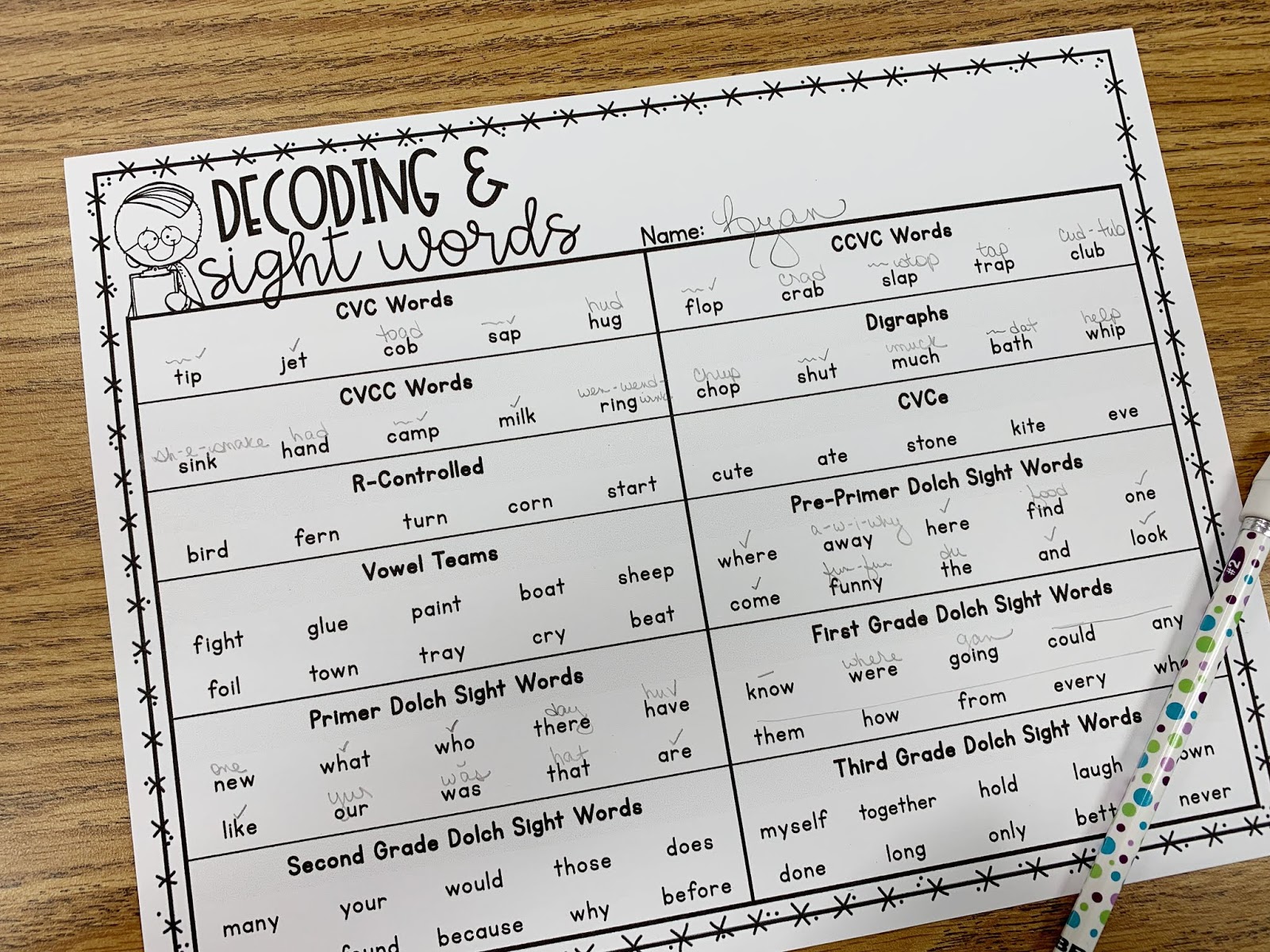
4. Review the Assessment and Determine Goal
After I assess a student, I head back to my desk (let’s be honest…three days later) and review the assessment. What areas were easy for them? What areas were difficult for them? What coping skills did they seem to have? Were they good at memorization? Did they utilize strategies that have been taught in the general education class? Did they have confidence? Did they erase a lot? What notes did you make as you assessed them?
From there, you should have a goal that has basically written itself. What will you spend the next school year working on?
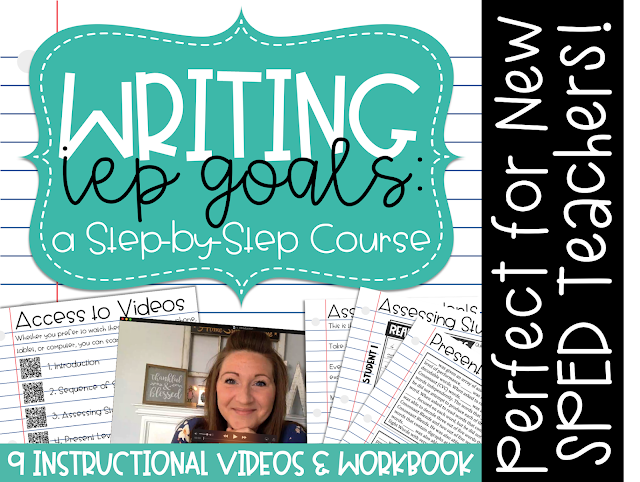
I created a course for helping special education teachers assess their students and write measurable IEP goals. If this sounds like something you might need, click the image above. It’s an affordable way to help you build confidence in your IEP writing!

토토사이트추천
토토사이트
Best Gambling Sites in Korea
Recommended Online Casinos in Korea
Top Gambling Sites in Korea